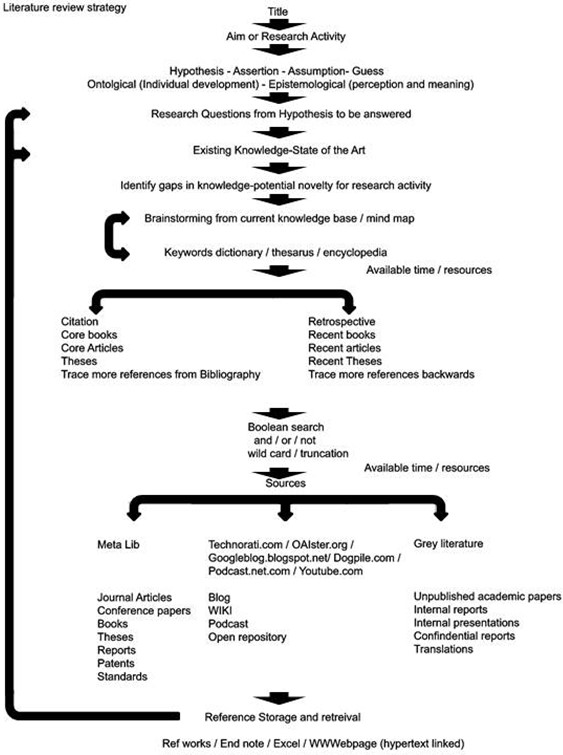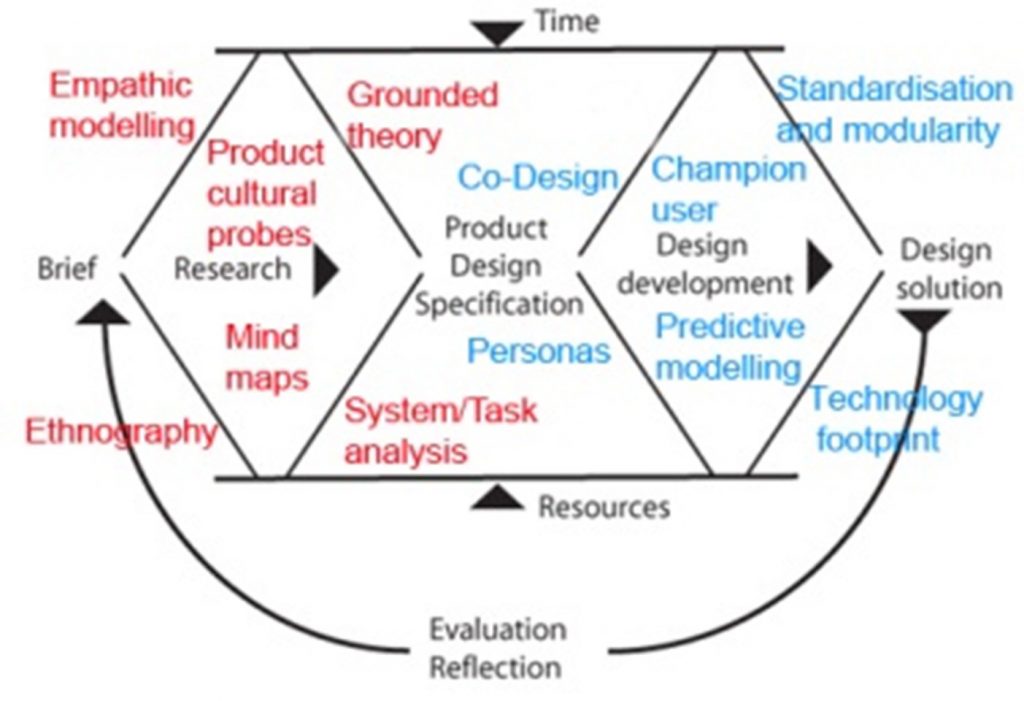Benchmarking is the comparison of an attribute against a reference or standard. Measuring a new product against existing products successful in the market can help clarify the emphasis to be placed on different attributes within a product design specification in order for the new product to potentially be as successful.
Using other products or businesses as a benchmark can lead to making a product or service differently, using a different material, colour, texture or combination of controls. The aim of applying a benchmarking exercise, in the context of AT-ID, is to match or surpass the effectiveness of the standard being used.
To Benchmark a product or service consider the following:
- What do you want to measure?
- Metrics against which you will measure (dimensions, performance, time, cost, social value)
- Compare your or other products against the benchmark through a checklist
- Produce a look-up table to identify patterns in the characteristics of each product or service being measured (see value analysis)
The outcomes of the comparison should enable financial risk or liability to be reduced. However, this technique is most suited to incremental development rather than disruptive Assistive Technology design. Disruptive AT design describes an innovation that helps create a new market or reframing of an existing market that ultimately disrupts and displaces the original market. This process may take years or even decades, depending on the technology involved.
Useful links
Torrens, GE (2011) Universal Design: empathy and affinity. In Karwowski, W, Soares, M, M, Stanton, A, N, Eds, (ed) Handbook of Human Factors and Ergonomics in Consumer Products, CRC Press, pp.233-248 Available at: (http://www.crcnetbase.com/doi/abs/10.1201/b10950-19), Accessed: [23/09/015]


